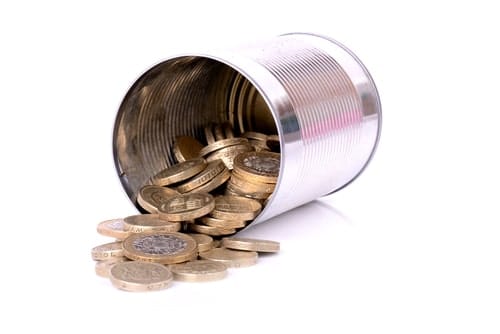The radical changes to the rules regarding the use of pension funds to buy annuity policies – described by some as a “pensions revolution” – were at the forefront of the new Governments’ budget announcements in March 2014. Under these new rules, since April 2015 pensioners are no longer as restricted in how and when they draw down their pension money. They could choose to take some or all of their pension fund out as cash. Publicity at the time cited concerns of pensioners “buying Ferraris” and then falling dependent on the State – but in reality there appears to have been a fairly cautious uptake of this “cashing in”.
So, what difference could this make in divorce cases, where pensions have formed part of the assets to be divided?
A refresher on pensions in divorce settlements
Under matrimonial law in England and Wales, there are numerous possibilities of what may happen regarding the parties’ pensions. In some cases, pensions are not really relevant, maybe in short marriages, where the parties are very young or where pensions are fairly equal in value. In other cases, pensions are dealt with by “offsetting” – each keeps the pension they have and any disparity in value is dealt with by dividing the other capital in different proportions.
Since the mid ‘90s the law has developed and changed so that two other options are available – pension attachment (where the provider of the pension is required to pay some of the fund to the divorcing spouse when the owner of the fund takes retirement) or, much more commonly these days, pension sharing.
Pension attachment orders are sometimes considered as slightly old fashioned. But these orders were the first step forward in being able to give the other spouse a part of the benefit of your fund as a result of divorce. It has always been the case with attachment that the pension remains the property of the person who paid into it. Thus orders frequently contained provisions for them not to move the fund, or take retirement early etc, so as not to reduce the other spouse’s entitlement when payment was due to start.
Is your pension attachment order safe?
At the time many of these orders were made, no-one could have envisaged this new development in pension legislation which means in theory the owner of the pension fund could cash it in and it would all be gone – there then being no fund left from which x% could be paid to the divorced spouse each month.
Pension attachment orders are still of use in more modern cases – for example where one spouse is a member of a public sector scheme such as the armed forces, and can take retirement much earlier than the usual statutory minimum age (currently age 55).
A recent report by the FCA has made recommendations including that maybe there should be a requirement for fund providers to have a responsibility, where a pension attachment order is in place, not to authorise suspicious transactions which appear to be designed to thwart the purpose of the order. This does put a lot on the shoulders of the individual pension fund providers so may be unlikely to be enacted – and as it is only a recommendation it is not currently in place at all.
Anyone with a pension attachment order should be aware of the risks of their ex drawing down from their pension and devaluing the fund available to take at retirement. If you are in this position you should seek urgent family law advice about what steps you may be able to take to stop it from happening.
Kate Butler
Divorce & family lawyer Northampton


